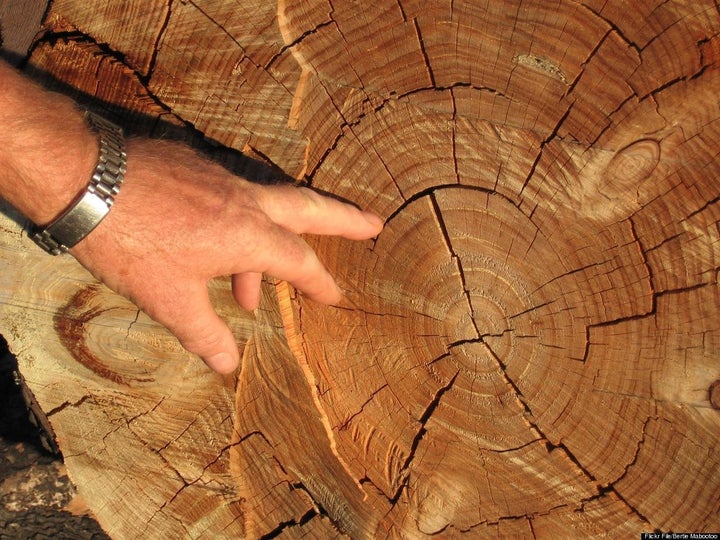
Did climate change facilitate the fall of the Roman Empire?
A recent report published in the journal Science suggests that tree growth rings reveal that the rise and fall of civilizations coincide with climate change.
A group of researchers studied 9,000 wooden artifacts from the past 2,500 years. They studied the trees' growth rings in relation to weather. According to BBC News, the team found that the trees formed broad rings during good growing seasons with plentiful water and nutrients. The trees formed tighter ring formations during droughts and other bad weather conditions.
Based on these climate findings, the researchers made a timeline of the past 2,500 years, linked to prosperity levels in various societies. Paleoclimatologist and co-author Ulf Buntgen states, "Looking back on 2,500 years, there are examples where climate change impacted human history." They found that the Romans prospered during the wet and warm summers, and the Western Roman Empire suffered during dry or varying weather conditions.
It was not only the rise and fall of the Roman Empire that linked up to climate change. This study suggests that throughout history, civilizations faced turmoil during unstable climate patterns. Is this one more argument for fighting climate change? The report suggests that "historical circumstances may challenge recent political and fiscal reluctance to mitigate projected climate change." In other words, if we know that climate change has contributed to the demise of past civilizations, will we make the effort to prevent climate change from hurting us in the future?